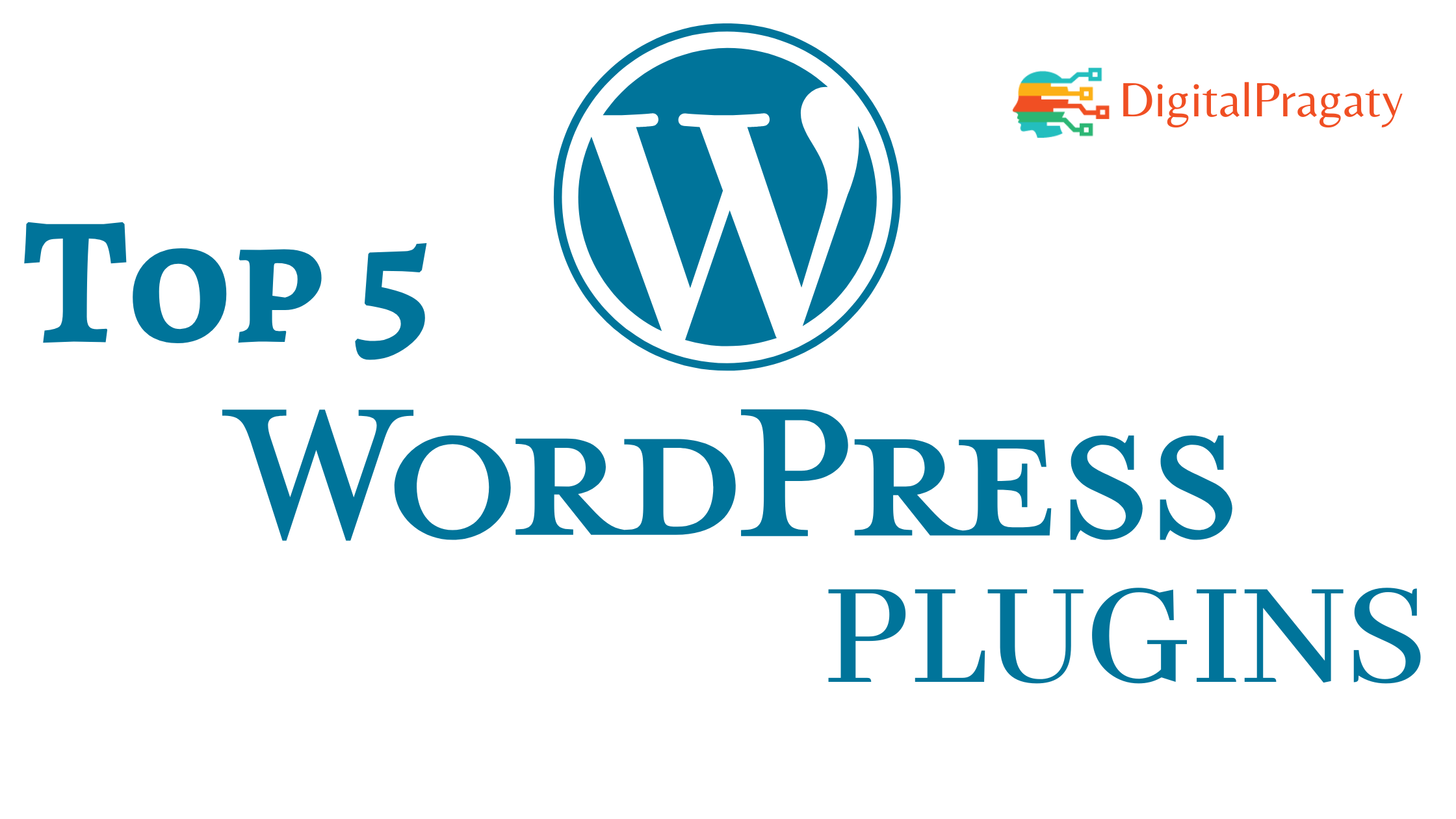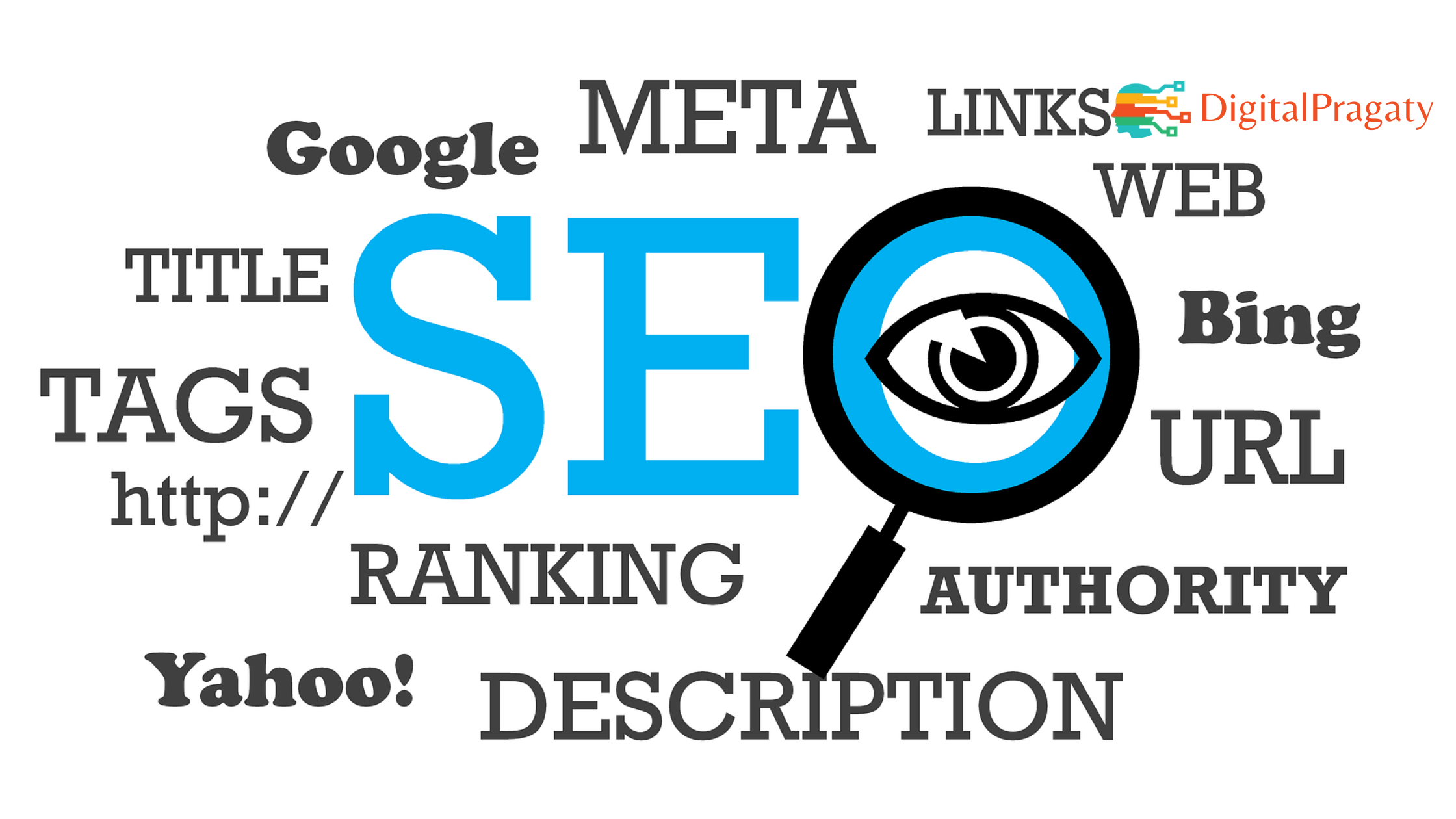
SEO – Chapter – 3
As in SEO- Chapter 1, we have already discussed the search engine, a website is ranked, about SEO, how SEO works, optimization in SEO, and why a business needs SEO, and in SEO – Chapter – 2, we discussed the types of SEO, categories of SEO, SEO writing, the difference between SEO and SEM, and SEO tools. In this chapter, we will be discussing the On-Page SEO Factors and Off-Page SEO.
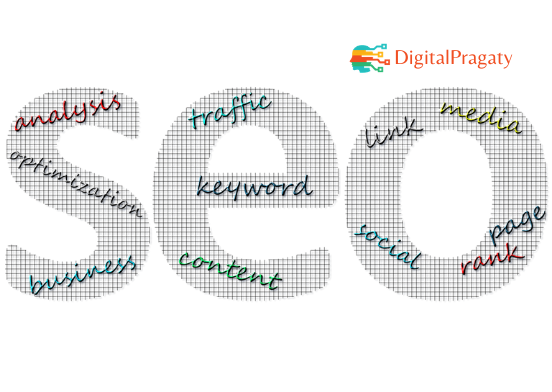
On-Page SEO Factors:
1- Keywords: Keywords are generally the specific words that the audience searches in the search engine. For example, if a person in Delhi/NCR is looking for a digital marketing course, the keywords can be: “Digital Marketing Course in Delhi”, “Digital Marketing Institute in Delhi”, “Digital Marketing Training in Delhi”, “Digital Marketing Certification in Delhi”, “Best Digital Marketing Institute in Delhi”, etc. So you need to keep in mind what services or products you are offering and what the audience might be looking for or searching for.
While keywords are less significant than they were a couple of years back, keyword optimization is as yet a foundation of SEO today.

Considering all things, the focus has moved towards the more long-tail keywords, which fit the search examples of the present web users better. Think about your targeted audience and the keywords they’re looking for, and attempt to make and streamline your site content around those specific keywords.
2- Meta Description: A Meta description is the short description that shows up underneath your URL on the search engine results page and beneath a headline in a social post. It ought to depict the content on that page, yet more significantly, make certain to include the significant keyword in this particular area so they can be picked up via index crawlers. Always try to keep your description within the character limit of 300 (including space) to ensure that your complete narrative is reflected in the search result.
Basically, the Meta description is the small paragraph of text placed in the HTML of a webpage that explains its content. This is also known as a snippet.

3- Internal Linking: When talking about internal linking, it plays an important role in on-page SEO but the internal linking should be within the related pages not just to be linked forsake. The linking to a different page but the relevant one on your website makes it much easier for the crawler to crawl everything for the search engines and to keep the visitors engaged a bit longer.
4- Alt Text: Alt Text which is also known as Alternative Text is basically a word or phrase that can be inserted as an attribute in an HTML or into a picture file to help it be indexed in the search engine to tell website viewers related to the nature or content of the image. The alt text shows up in a clear box that would regularly contain the picture. Alt Text is the text-only information that is connected with a picture for the reason of providing information that is correspondent to the picture itself.
5- HTTPS/SSL: The most important thing of a website is the page security in 2020 and enabling Secure Sockets Layer (SSL) security technology is essential for improving your security, dependability, and visibility.
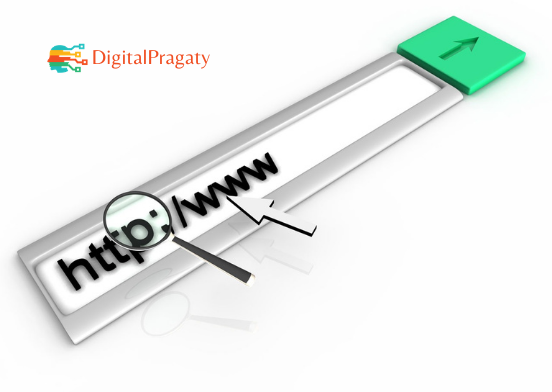
With the SSL, you can boost the possibility that a third party doesn’t come between your visitor’s web server and your web server, making sure that the information entered on the website is safe and secure. Similarly, Google actually prefers those sites that are SSL-enabled, making it necessary to boost-up your visibility.
6- URL Structure: In accumulation to the factors mentioned above, an organized URL structure is crucial for today’s marketers as it allows the search engines to go through from page-to-page on your website more easily, and makes the routing more professional for your visitors. You want your URLs to contain keywords that reflect the pages they direct to, as easy-to-understand URLs are more likely to earn clicks, and also help search engines crawl your site.
7- Title Tag: The title tag refers to the title of your web page, or the main heading you see in the search engine results pages. The title tag in the above photo is SEO Survival Guide (H1 tag). Once again, this is another crucial opportunity to include relevant keywords and boost the search ability of your page. The main heading that is reflected in the result page or you can say that the title of your web page is the first thing you see in the result page when a search query is done. These title tags are categorized as H1, H2…H6 Tags and are another essential prospect to include significant keywords and enhance the searches of your page.
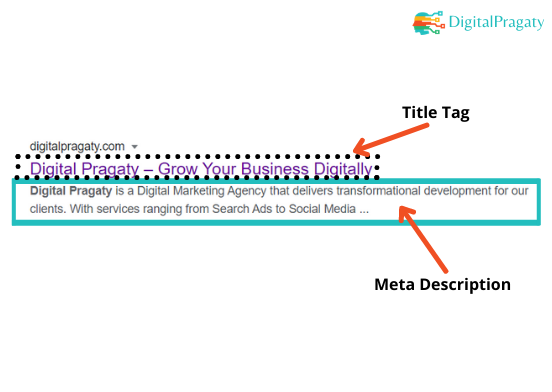
8- Page Performance: While different variables of on-page SEO manage content quality and structure, the performance of your site and its pages are additionally plays an important role in on-page grading factor. Pages that are a bit longer time taking to load or don’t render appropriately on mobile or aren’t mobile friendly, will definitely rank lower in the result pages of the search engine, as clients will leave your website or can get frustrated which can result in the increase of the bounce rate. Web crawlers assess this and use it as a key page positioning element, so it’s significant for the marketers to consider the image sizes on their pages, reduce diverts, improve the responsiveness of mobiles of their webpage.
Off-Page SEO Factors:
1- Backlinks: Backlinks are basically the links that are posted on a blog or an article on a different website to divert the traffic to your website. But the important thing is that when you are taking a backlink, the link shouldn’t be of a spam but from a quality website. The number and nature of the backlinks you have to your website is without a doubt the greatest factor of off-page SEO. The more locales connecting to your content, the more domain authority Google gives your site, boosting your ranking. This has driven the marketers to attempt the uncertain paid third party referencing strategies, yet there are a few the effective results you can take that produce successful outcomes, for example, guest blogging, being highlighted in industry exchange distributions, and searching out contacts in the business who’d be glad to share your substance.
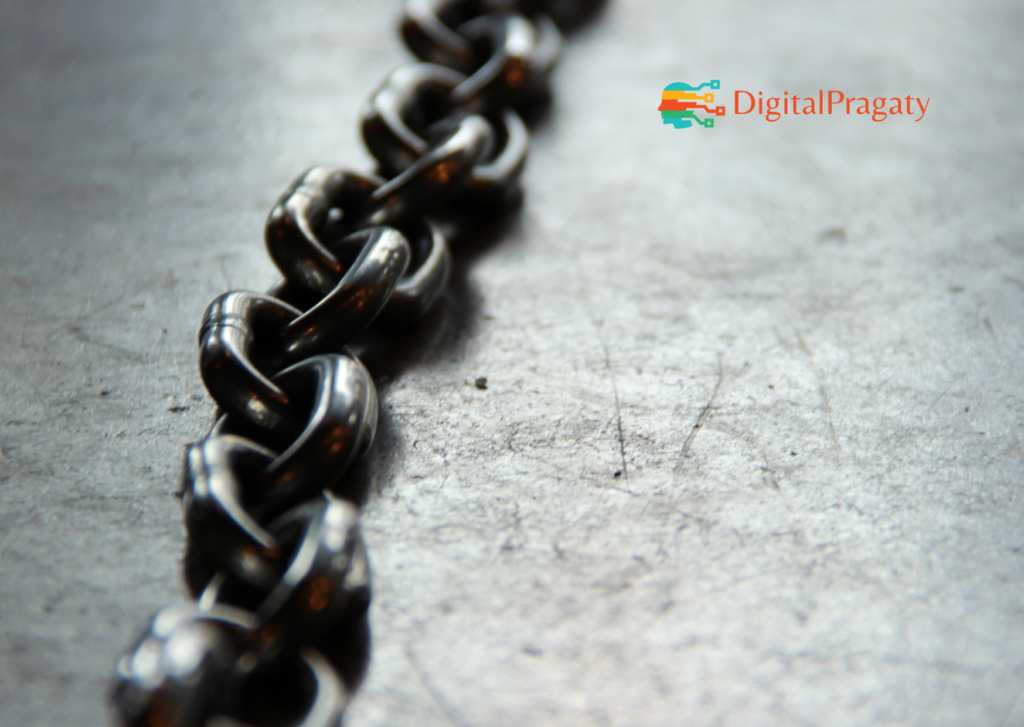
2- Domain Authority: Domain Authority is scaled from 1-100. The website’s domain authority is a number specified to you by the search engines to establish the potency or strength of your website. But in order to gain the Domain Authority, a website has to go through the sandbox of Google. Sandbox of Google is where a website does not gain a good DA until the website has completed one year and that too the content has been posted on the website on the regular basis. Think of it as a rating, essentially. Websites that have a higher domain authority obtain preference in the search results as compared with the websites with a lower domain authority are further expected to rank close to the bottom. Domain authority is also calculated on other few factors. For example, the duration you’ve had your domain name, the history, number of backlinks, and the number of 404 pages. By ensuring you have a website that follows the SEO best practices, domain authority can be maximized and the ranking can be improved accordingly.

3- Social Promotion: On-page and off-page SEO work together to improve search engine rankings. By working on what you can control today—producing quality content that is supported by high-quality on-page SEO—you’ll be well on your way to earning backlinks, improving your domain authority, and controlling your off-page SEO.
While the ranking of the page isn’t tied straightforwardly to the connections on a social media post, social posts that produce plenty of clicks will positively assist in helping with the website in boosting traffic and create a huge amount of connection shares. Content that is shared on Google+ is additionally indexed quickly, helping in such a manner.
In order to improve the search engine rankings of a website, On-page and off-page SEO works together.


